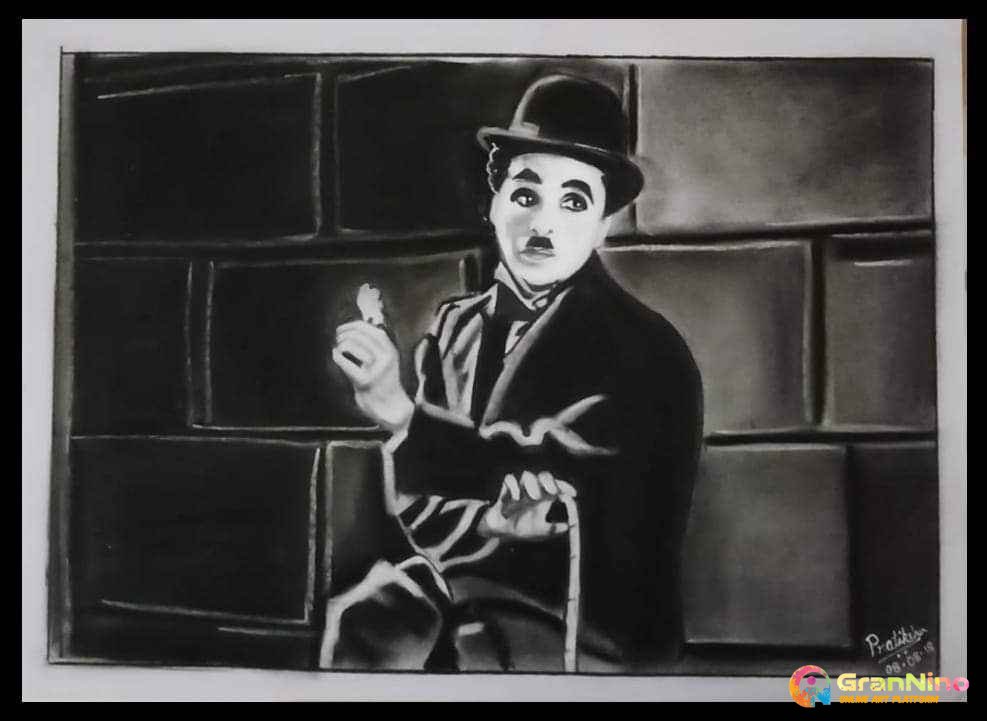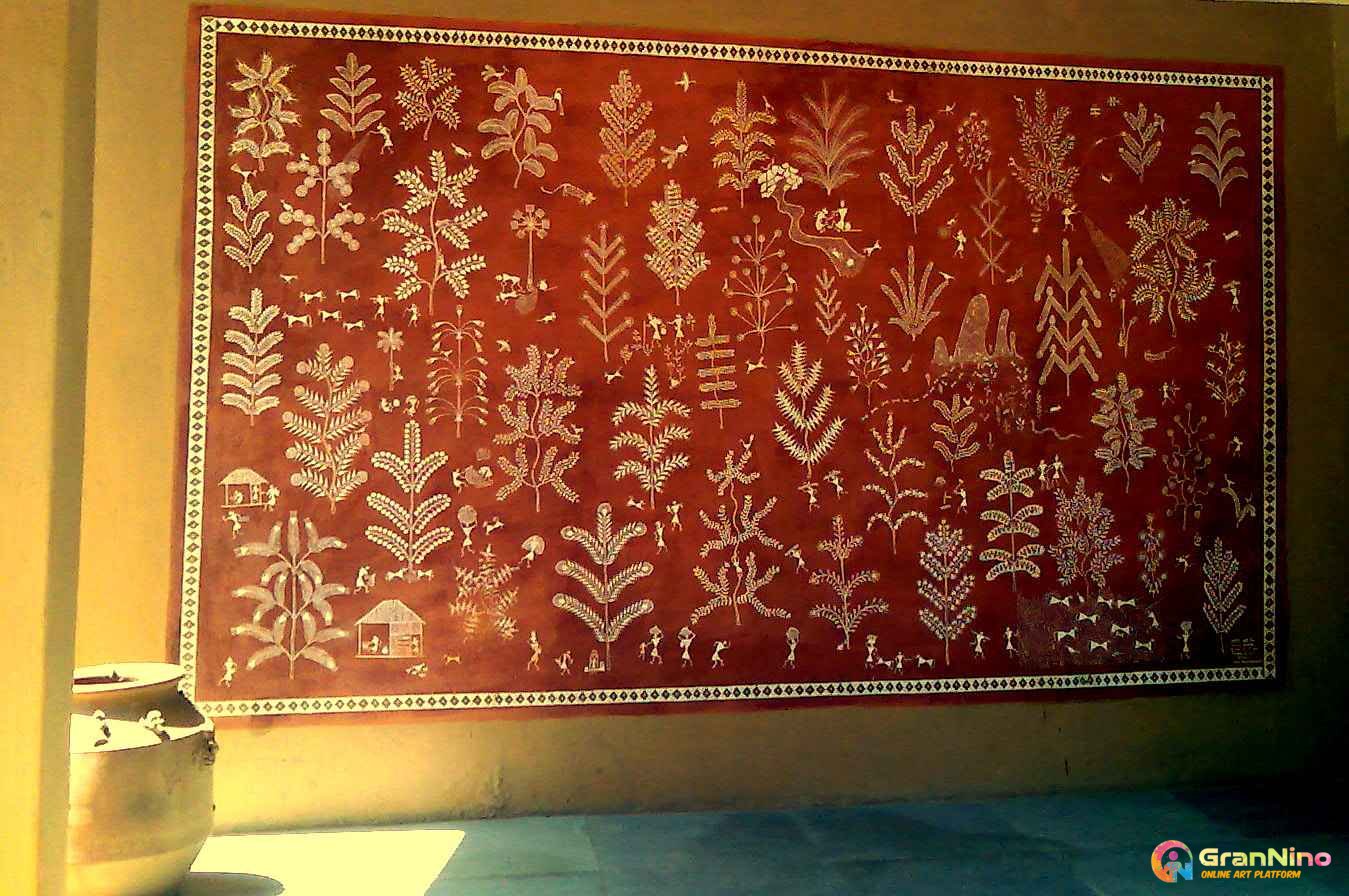Difference Between Oil Pastels and Oil Paint
The word "pastel" originates from the Medieval Latin pastellum, which means "woad paste," and the Late Latin pastellus, which means "paste." The word pastel first appeared in French in 1662 and originated in northern Italy in the 16th century and were used by Jacopo Bassano and Federico Barocci. Pastels have been used by artists since the Renaissance, but it gained a huge popularity in the 18th century when a number of well-known artists like Edgar Degas, Mary Cassatt and Odilon Redon made pastels their primary medium.
On the other hand, Oil paint is a type of slow-drying paint that consists of particles of pigment suspended in a drying oil, commonly linseed oil. Oil painting is the most preferred painting style and practiced by most artists around the world.
Oil paint was invented long ago. Oil paints were first used in Asia as early as the 7th century AD. The oldest known oil paintings are Buddhist murals created almost at 650 AD. The paintings are created by walnut and poppy seed oils. The paintings are located in cave-like rooms carved from the cliffs of Bamiyan Valley of Afghanistan. Later it was used by most famous artists like Vincent Van Gogh, Leonardo da Vinci, Pablo Picasso.
On the contrary, The oil paint is made by mixing color pigments with drying oils like poppy seed oil, walnut oil, linseed oil, safflower oil etc. The viscosity of the paint may be modified by the addition of a solvent such as turpentine or white spirit, and varnish may be added to increase the glossiness of the dried oil paint film.
But, Oil paint allows the artist to achieve a broad range of opacity and intensity in their work. It lets you to layer multiple colors and blend them together to produce a stunning piece of artwork. Moreover, due to the slow-drying quality of the oil paint, an artist can develop a painting gradually and can make changes or corrections easily.
In opposition, To make oil paint thinner, faster or slower drying, it is typically blended with linseed oil, artist-grade mineral spirits, or other solvents. "Fat over lean" is a fundamental principle of oil paint application, which states that each new layer of paint must contain more oil than the layer behind in order to allow for appropriate drying.
Other media, such as cold wax, resins, and varnishes, can be combined with the oil. With the help of these additional mediums, the painter can modify the paint's translucency, shine, density as well as its capacity to hold or hide brushstrokes.
Although, Oil Paint has the ability to bond to many different surfaces, and mediums can be used to modify their binding characteristics. Oil Paints can be used on canvas, tempera, wood, glass and a range of other materials
Instead, The oil paint dry out slowly and so it allows to modify or correct the error easily. Also the oil paints mix readily, allowing for subtle color changes as well as the creation of many light and shadow elements. Oil paintings can be thinned using turpentine or other thinning chemicals, allowing painters to layer their work. Oil colors used by professional artists are created and designed to resist chemical reactions from exposure to water, ultraviolet light and oxidization.
Yet, Despite the fact that some oil paints are non-toxic, it is not recommended to apply them directly to the skin because some of the pigments could be poisonous. The oil paint could irritate your skin if it gets on it. Similarly, most oil based binders are extracted from animal fats and so some oil paints are not considered as the vegan friendly painting media
Article Details
Publish Date: 12/12/2021
Related Tags:
pastel painting grahite color pastel painting ideas pastel art for beginner pastel art for kids oil oil paint oil painting ideas oil for beginner oil painting ideas
Advertise Here Contact us

SUBSCRIBE TO OUR NEWSLETTER
Most Asked Questions:
- Q. How history is influenced by Pastel Painting ?
- Answer: Pastel Painting is a form of painting that involves the use of pastel sticks made from powdered pigment and binder. The word "pastel" originates fro....Read More
- Q. What is used to make Pastel Painting?
- Answer: Pigments are ground into a paste with water and a minimum of non greasy binder such as Tragacanth gum or Methyl Cellulose to make hard and soft pastel...Read More
- Q. How is the popularity of Pastel Painting among Artists ?
- Answer: Pastel painting may create a luscious, velvety texture with a deep, rich, splendid glow without the use of a lot of tools because it can be done with ...Learn More
- Q. Where can I buy Pastel Painting (on Canvas) without commission?
- Answer: If you are looking for best Pastel Painting for commission free purchase, you can check here.
- Q. How to sell Pastel Painting online?
- Answer: If you are looking for best place to exhibit and selling Pastel Painting , you can try GranNino. GranNino provides free art exhibition and commission free art selling.




















